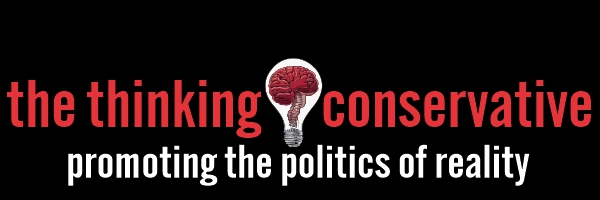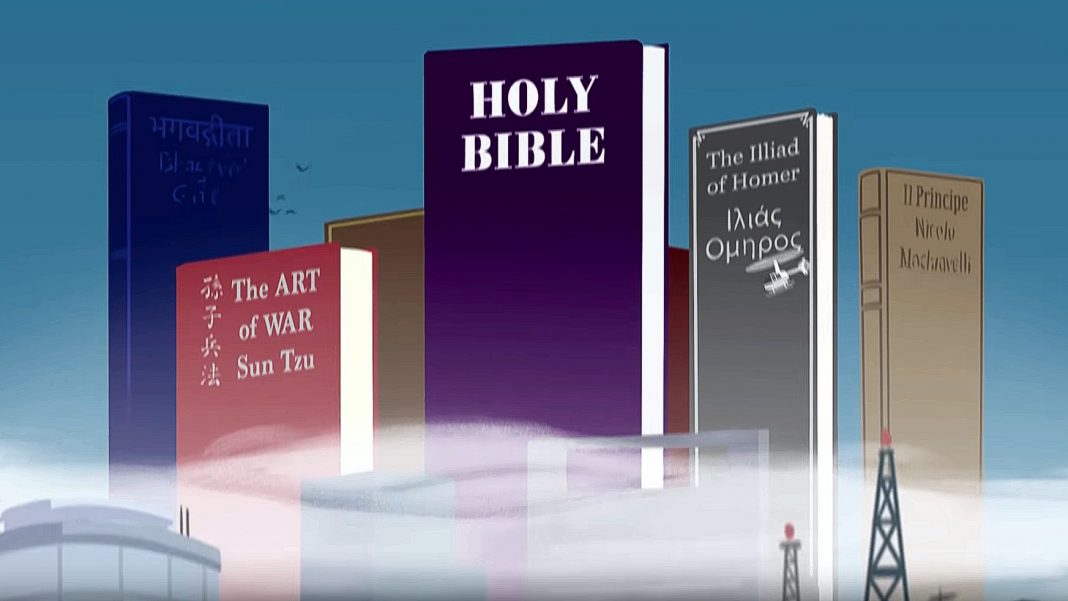Learn how to read the Bible through The Bible Project’s ongoing animated video series that explores the origins, content and purpose of the Bible. Get introduced to some of the basic skills necessary for reading the bible effectively.
What is the Bible
This is the playlist for the The Bible Project’s ongoing animated video series that explores the origins, content, and purpose of the Bible. Episode 1 begins by introducing us to a condensed history of how the Bible came into existence, and the different forms of the Bible in the Catholic, Orthodox, and Protestant Christian traditions.
The Story of the Bible
Episode 2 in the playlist above summarizes the overall story of the Bible as a series of crossroad decisions. All humanity, followed by the Israelites, redefine good and evil and end up in Babylon. They are followed by Jesus, who takes a different path that opens up the way to a new creation.
Literary Styles in the Bible
Episode 3 in the playlist at the top of the page shows how reading the Bible wisely requires that we learn about the ancient literary styles used by the biblical authors. These writers expressed their ideas and claims through a variety of different type of literature, and this video will explore why it’s important to tell them apart so we can hear their message on their terms.
The Bible as Jewish Meditation Literature
Episode 4 in the playlist at the top of the page explores the unique literary style of the Bible that is meant to draw its readers into a lifelong journey of reading and meditation. The Bible is designed as a multi-layered work, offering new levels of insight as you re-read it and allow each part to help you understand every other part. The Bible is the original meditation literature.
Plot In Biblical Narrative
The next video in the playlist at the top of the page explains that an important part of reading biblical narratives is learning how to understand the nature of “the plot,” how stories are arranged into a pattern of conflict and resolution. In this video we’ll see how ignoring the sequence of the plot can lead to a distorted interpretation of biblical stories. We’ll also explore how grasping the multi-layered nature of the narrative can help you see the unified story that leads to Jesus.
Character in Biblical Narrative
The next video in the playlist at the top of the page discusses how we see characters in the Bible. Most of us think of characters in the Bible as either sinners or saints, good or bad. At least that’s how Bible stories are presented to children. In this video, we’ll explore the ways biblical authors present characters as more complex and morally compromised than we usually imagine.
Setting in Biblical Narrative
The next video in the playlist at the top of the page explains that every story has to take place somewhere, and very often locations have a special meaning or significance evoked by events that already took place there. In this video, we explore how biblical authors use settings in narrative to meet the reader’s expectations or mess with them. Paying attention to locations and time in biblical stories unlocks deeper layers of meaning.
Design Patterns in Biblical Narrative
The next video in the playlist at the top of the page explains how design patterns are one of the key ways the biblical authors have unified the storyline of the Bible. Individual stories across the Old and New Testaments have been coordinated through repeated words and parallel themes. These patterns highlight core themes of the biblical story and show how it all leads to Jesus.
The Art of Biblical Poetry
The next video in the playlist at the top of the page explains that a third of the Bible is ancient Israelite poetry. Poetry is a rich and artistic form of human communication, but often the most difficult to read. In this video we’ll explore the unique characteristics of biblical poetry, so you can discover its beauty and power for yourself.
Metaphor in Biblical Poetry
The next video in the playlist at the top of the page helps us learn to Understand how metaphors are used in the Bible as an essential tool for reading biblical poetry. Anytime someone describes one thing to describe another thing, they are using metaphorical thinking whether they realize it or not. Metaphors are everywhere in the Bible and in our everyday speech. In this video, we’ll explore this crucial aspect of biblical language.
The Book of Psalms
The next video in the playlist at the top of the page discusses the book of Psalms which is the largest collection of poetry in the Bible. In this video we’ll explore the design shape and main themes of this marvelous book, which was crafted to be read from beginning to end. The Psalms are an invitation to a literary temple where you can meet with God and hear the entire biblical storyline retold in poetic form.
The Prophets
The next video in the playlist at the top of the page discusses the books of the Old Testament prophets which are packed with dense poetry and wild imagery. If you’ve tried to read them, odds are you were both intrigued and confused. In this video, we’ll learn how these books contribute to the storyline of the Bible and why it’s worth learning how to read them more attentively.
Reading Biblical Law
The next video in the playlist at the top of the page answers questions like why there are so many ancient biblical laws in the first books of the Bible? What are modern readers supposed to do with them, and why are some of them so odd? In this video, we explore why the laws were given to ancient Israel and how they fit into the overall storyline of the Bible.
The Books of Solomon
The next video in the playlist at the top of the page discusses the wisest king of Israel, King Solomon who is associated with three books of the Bible: Proverbs, Ecclesiastes, and the Song of Songs. Each book offers a unique perspective on how humans can rule with wisdom and the fear of the Lord. In this video, we briefly explore how the message of each book fits into the overall story of the Bible.
How to Read the Bible: The Gospel
The New Testament contains four ancient biographies of Jesus of Nazareth, and altogether they are called “the Gospel.” Each one tells the story as an announcement of good news that the crucified and risen Jesus is the true ruler of the nations. In this video, we explore why these accounts were written and how you can read them with greater insight.
How to Read the Bible: The Parables of Jesus
Jesus of Nazareth was a master storyteller, and many of his most well-known teachings were told as parables. But these stories were designed to do much more than simply “teach.” Jesus said the parables were designed to both reveal and conceal his message about the arrival of God’s Kingdom. In this video, we explore the main themes in Jesus’ parables and ask why he used them as the primary vehicle for his message.
New Testament Letters: Historical Context
In the New Testament, there are 21 letters or epistles written by early Christian leaders to communities of Jesus’ followers in the ancient Roman world. A wise reading of these letters involves learning about their historical context. Who were the letters written to, where did the recipients live, and what prompted sending the letter? In this video, we explore the different layers of historical context with these letters, so that we can better understand the wisdom they still have to offer.
New Testament Letters: Literary Context
In the New Testament, there are 21 letters written by early Christian leaders to communities of Jesus’ followers in the ancient Roman world. These letters are rich with theology and guidance for what it means to be a community of Jesus followers, but they can also be dense and hard to understand. In this video we’ll explore the literary style of ancient letter writing and show you how to trace the core ideas from a letter’s beginning all the way to its end.
Apocalypse
It’s the apocalypse! But what exactly does that mean? The Bible is filled with dreams and visions about human history coming to a climax, and they’re usually packed with intense imagery and strange symbols. In this video, we’ll explore the meaning of the word “apocalypse” in the Bible, and we’ll learn some basic steps for reading this literature with more wisdom and insight.








